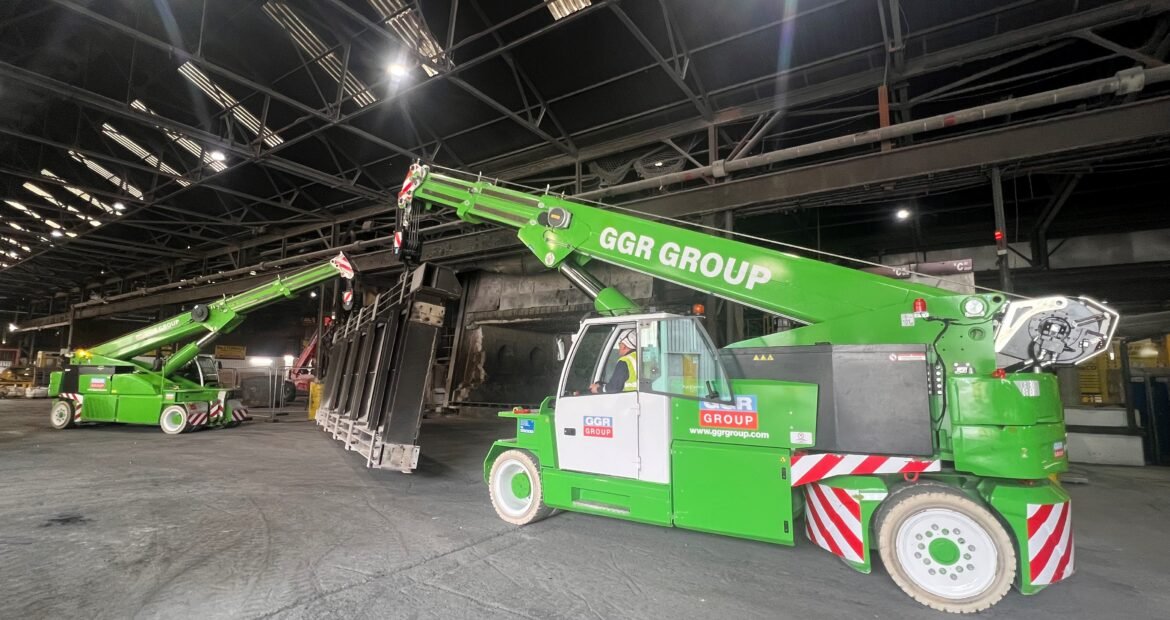In the last decade, technology has shifted from being a novelty in certain fields to an indispensable backbone of almost every aspect of daily life. While flashy concepts often grab headlines, the real game changers tend to be the developments that quietly but steadily reshape industries and habits. In 2025, the technology sector isn’t just growing — it’s maturing, with innovations focusing less on spectacle and more on solving real-world problems.
This article explores the trends, tools, and transformations defining today’s tech landscape, along with the ways they’re influencing society, work, and personal life.
1. Artificial Intelligence Reaching Everyday Utility
While “artificial intelligence” has been a buzzword for years, 2025 marks a shift from hype to tangible application. AI now underpins critical systems in healthcare, logistics, education, and environmental monitoring — often without users even realizing it.
Medical diagnostics, for instance, have benefited enormously from machine learning models trained on millions of anonymized patient cases. These systems can spot subtle patterns in X-rays or blood tests that might escape human eyes, offering early detection for diseases such as certain cancers or heart conditions.
In cities, AI-powered traffic management platforms are reducing congestion and emissions by dynamically adjusting signal timings based on live data from road sensors. Rather than replacing human expertise, these systems augment it — providing decision-makers with clearer, faster insights.
2. Quantum Computing Moving Toward Real Impact
For years, quantum computing has been considered a distant frontier. Now, with more stable qubit architectures and hybrid cloud access, companies are beginning to explore its real-world potential.
While quantum processors are not yet replacing traditional servers, they’re being applied to specific challenges such as molecular modeling, cryptography, and optimization problems that overwhelm classical systems. For instance, pharmaceutical researchers are using quantum algorithms to simulate protein interactions, speeding up the discovery of new treatments.
Security experts are also preparing for the “post-quantum” era, developing encryption methods designed to withstand quantum-based attacks — a critical step for safeguarding sensitive communications.
3. The Expansion of Edge Computing
As connected devices multiply, sending all data to centralized cloud servers has become inefficient and, in some cases, impractical. Edge computing addresses this by processing data closer to where it’s generated — whether in a factory, a self-driving car, or a smart camera system.
In manufacturing, edge systems analyze sensor data in milliseconds to detect equipment malfunctions before they cause costly downtime. In retail, they enable real-time inventory tracking without relying on constant internet connectivity. This approach not only speeds up decision-making but also enhances privacy by reducing the amount of raw data sent to external networks.
4. Renewable Energy Tech Becoming the Default
Sustainability is no longer a niche concern. Advances in solar panel efficiency, battery storage capacity, and grid integration tools have made renewable energy solutions more affordable and accessible than ever.
In residential areas, “microgrids” powered by rooftop solar and community-scale batteries allow neighborhoods to operate independently during outages. Businesses are investing in AI-driven energy management platforms that balance power use between renewable and conventional sources, cutting costs while reducing carbon footprints.
Wind, geothermal, and tidal energy technologies are also benefiting from better materials and smarter monitoring systems, increasing output and lowering maintenance needs.
5. The New Face of Cybersecurity
Cyber threats have grown more sophisticated, but so have defensive strategies. Instead of relying solely on firewalls and antivirus tools, modern cybersecurity is built on layered, adaptive systems.
Behavior-based threat detection, for example, watches for unusual activity patterns in real time — spotting anomalies that traditional signature-based methods might miss. Multi-factor authentication has evolved into “continuous authentication,” which uses behavioral biometrics to verify identity during an active session.
For businesses, automated incident response tools can now isolate affected network segments within seconds, reducing the impact of breaches.
6. Extended Reality in Work and Training
Virtual and augmented reality are moving beyond entertainment into fields where immersive learning and collaboration can save time and resources.
Medical students can now practice complex surgeries in VR simulations that respond realistically to their actions. Field engineers use AR headsets to receive step-by-step repair instructions overlaid onto the machinery they’re fixing.
In remote work, virtual meeting spaces allow teams to interact in shared 3D environments, complete with lifelike avatars and persistent whiteboards — bridging some of the gap left by physical distance.
7. Biotechnology and the Fusion of Tech with Life Sciences
The intersection of computing power and genetic research is accelerating progress in ways once considered science fiction. CRISPR-based editing is being refined with AI-guided accuracy, reducing the risk of unintended changes.
Personalized medicine — tailoring treatment plans to an individual’s genetic makeup — is becoming more feasible as sequencing costs drop and processing power increases. Wearable bio-sensors can transmit real-time health data to doctors, enabling faster interventions and long-term monitoring without hospital visits.
8. Robotics Evolving for Real-World Use
The robotics industry in 2025 focuses less on humanoid prototypes and more on specialized machines designed for practical tasks.
In agriculture, autonomous harvesters can navigate uneven terrain, identify ripe crops, and pick them without damage. Warehouses are deploying fleets of collaborative robots (“cobots”) that work alongside humans, handling repetitive or heavy lifting tasks while workers focus on quality control.
Domestic robotics is also seeing growth, with compact home assistants capable of cleaning, sorting laundry, or even preparing simple meals — all without requiring complex setup.
9. Space Technology Entering Commercial Maturity
Private companies have drastically lowered the cost of satellite launches, leading to an explosion in space-based services. High-resolution Earth observation is helping with disaster response, crop management, and climate research.
Satellite internet networks are extending broadband coverage to rural and underserved regions, closing digital divides that have persisted for decades. Reusable rocket technology is making small-scale orbital missions financially viable for startups, research institutes, and even high schools with space science programs.
10. Ethical Technology and Governance
As innovation accelerates, so does the conversation about its responsible use. Governments, academic institutions, and industry groups are establishing clearer frameworks for issues like data privacy, AI transparency, and environmental impact.
There’s a growing emphasis on “explainable AI” — ensuring that automated decisions can be understood and audited. In social media, content moderation algorithms are being balanced with human oversight to prevent bias while respecting free expression.
This shift toward governance isn’t about slowing progress; it’s about ensuring that technological benefits are shared broadly and safely.
Closing Thoughts
The technology of 2025 is defined by a move toward integration, resilience, and practical application. Many breakthroughs are not about creating entirely new categories of products, but about refining and combining existing tools to work better together.
The most promising innovations are those that fade into the background, quietly enabling better healthcare, cleaner energy, safer communities, and more efficient industries. As these developments continue to mature, they may not always make front-page news — but they will define the way we live for years to come.



